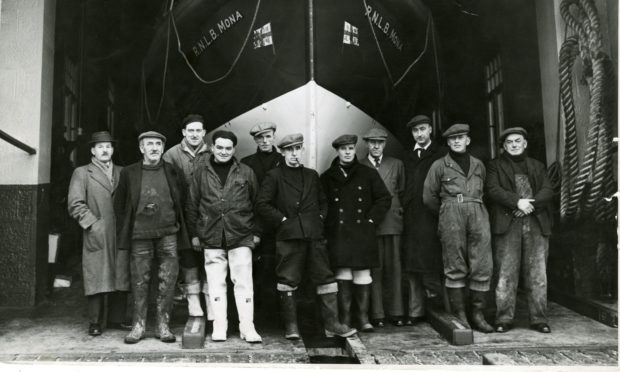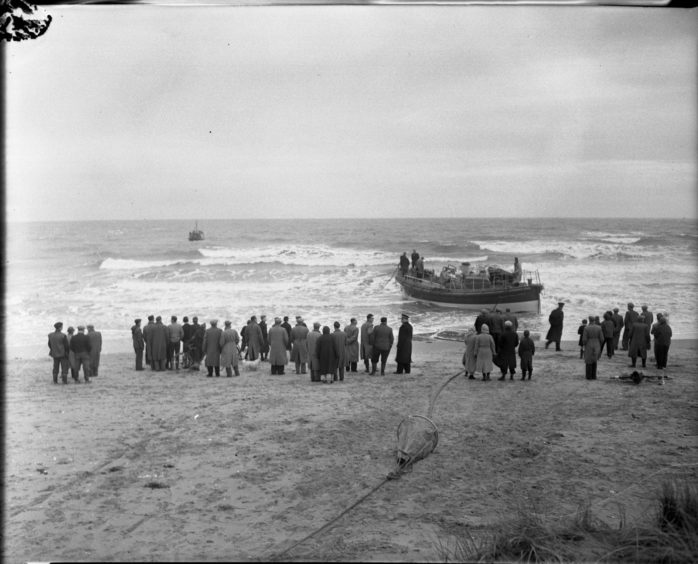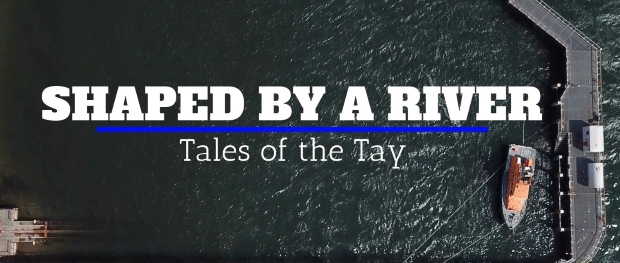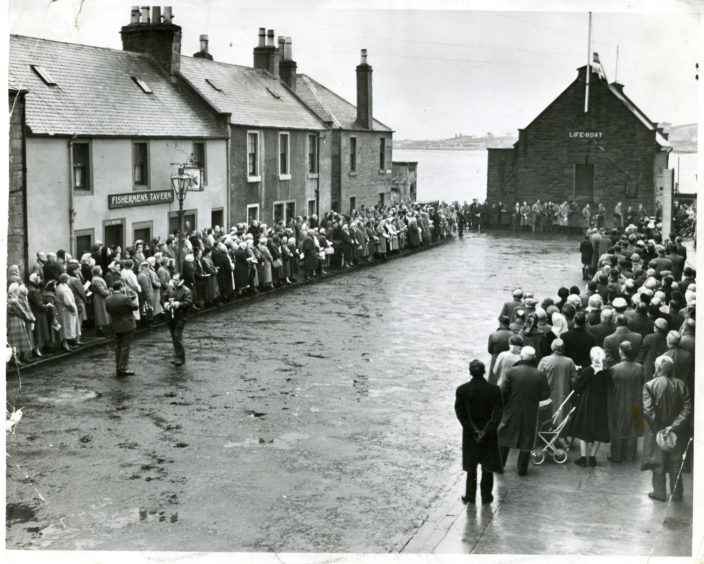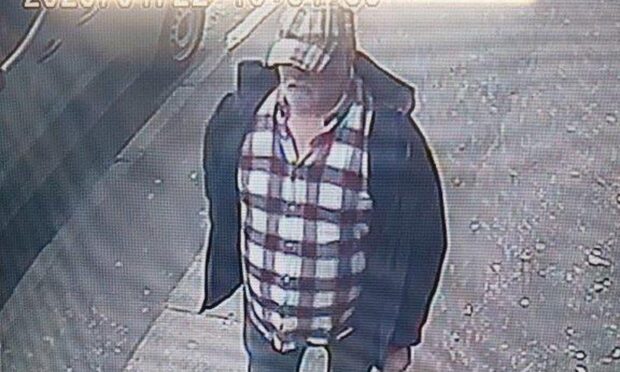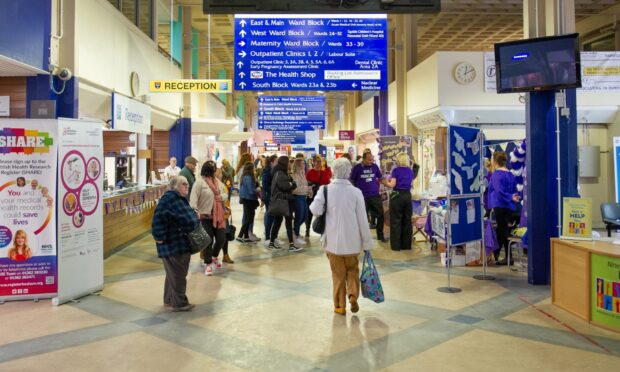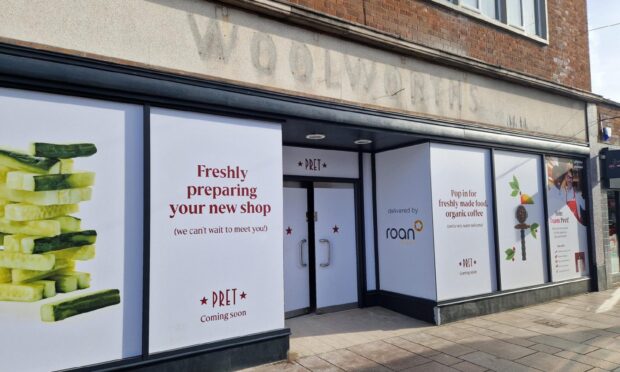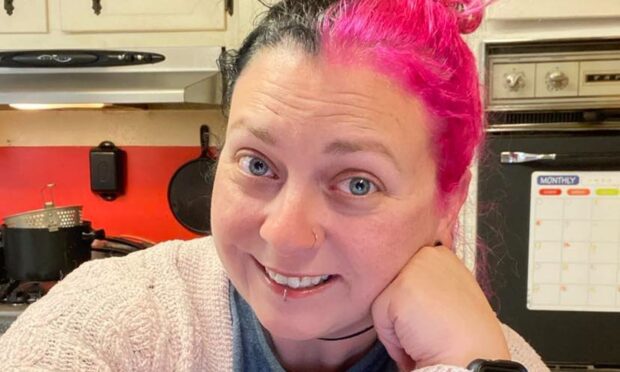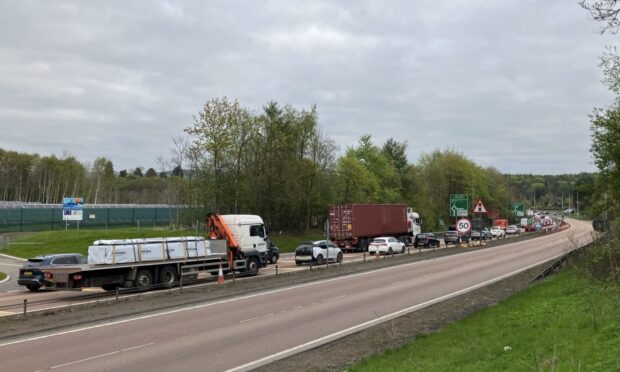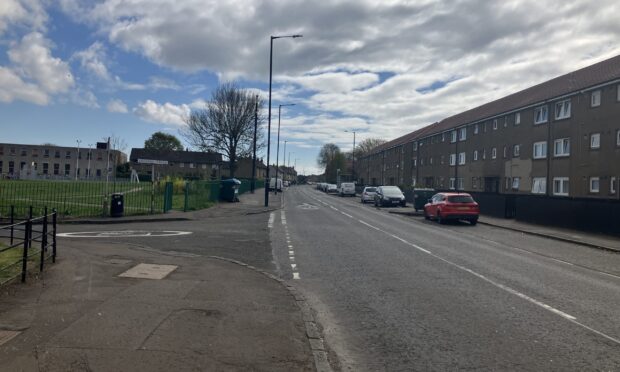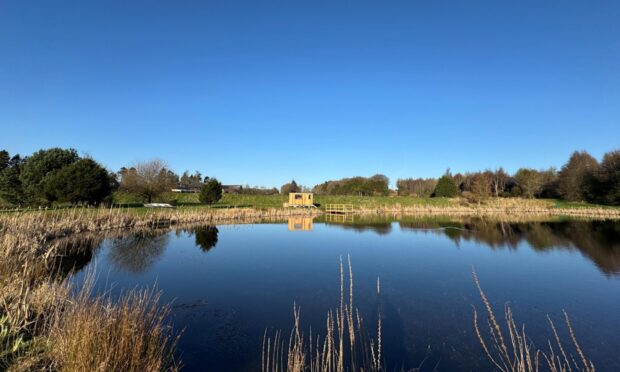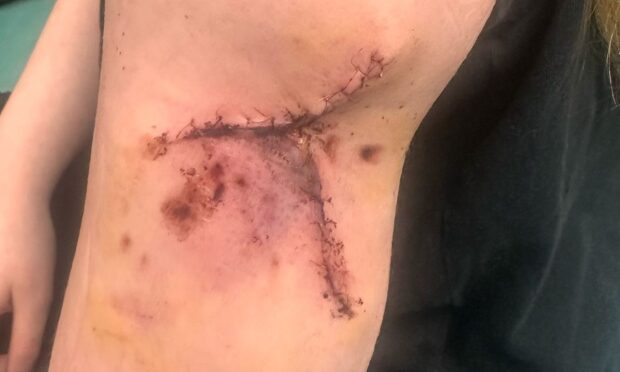Dundee shipwrecks are to be commemorated as Broughty Ferry streets will be renamed after them.
The new residential development at Linlathen Road will celebrate the Ferry’s maritime history.
Streets will be given names such as Mona Crescent and Nimrod Drive, to commemorate sunken ships.
Plans at Balgillo Heights, which will become 150 luxury properties, will see the first phase of homes be named after tragic vessels Mona and Nimrod, Dundee City Council agreed on Monday.
As the sinking of the Mona lifeboat approaches its 60th anniversary, its legacy remains a rich part of Broughty Ferry history.
The boat perished during a rescue attempt at St Andrews Bay, rocking the community.
The ship set sail on December 8, 1959 at 3.15am to assist the North Carr Lightship.
But with severe weather conditions, the Ferry lifeboat’s last message was recorded at 4.48am, notifying they had cleared the bar of the Tay and were heading south.
The Mona struggled to reach the North Carr reef, and the Fife Ness Coastguard reported they were unable to reach the ship by 5.08am.
The lightship’s crew of six were rescued by helicopter the following morning.
Follow our special series at www.thecourier.co.uk/tay
The Mona, however was uncovered after it capsized on Buddon Sands, near Carnoustie, after battling the brutal winds.
All eight crew members died in the shipwreck, including a father and son.
The lifeboat – built in 1935 – saved 118 lives in her time.
A lengthy investigation into the shipwreck determined the boat was seaworthy at the time of the accident.
A disaster fund, raising more than £77,000 in less than a month, was set up to aid the families of the crew members. The fund reached £89,815 by March 1960.
Broughty Ferry Conservative councillor Derek Scott said: “During the consultation on possible street names for the new housing development, I raised the matter at a meeting of Broughty Ferry Community Council and the general view was that it would be good to have a theme relating to Broughty Ferry’s history.
“I later consulted with a local historian about a suitable theme and subsequently put forward the suggestion of using the names of vessels with a Broughty Ferry connection that were lost at sea.
“This will help serve as a reminder to future generations about Broughty Ferry’s maritime heritage and the resilience and bravery of those associated with it.
“The first two names proposed to be used are Mona and Nimrod, which is quite poignant as we will soon reach the 60th anniversary of the loss of the Mona.”
The maritime theme may be continued in further phases of the development.
Nimrod ships to be memorialised in street names
The fateful fishing boat, known as the Nimrod, will be celebrated in the naming of the new streets.
On March 31 1831, eight Broughty Ferry men perished in the shipwreck after battling severe conditions on the Tay.
The fishermen were at sea onboard the Nimrod, alongside six other boats, where they were hit with hazardous winds.
The first four boats, which entered the river first, reached safety.
But the fifth was struck by a heavy cross sea and immediately disappeared, just 100 yards from the westward buoy.
The final two boats stood out to sea after witnessing the tragedy.
Ramsay Sime, the owner of the boat, alongside his three sons perished in the shipwreck, alongside John Rollo Gall, Robert Anderson and David Kidd.
The boat was cast ashore near the South Ferry Lights the following day, but the bodies were not discovered.
A fundraiser was set up by locals to aid their wives and children.
Decades later, its namesake would set sail for a popular expedition as part of Ernest Shackleton’s Antarctic voyage in 1908.
The new Nimrod ship was built in Dundee in 1867 and had been used for whaling before being purchased for the South Pole exploration.
The ship was used to unpredictable weather, as it had become known for sailing the Antarctic waters.
But on January 31 1919, 10 years after the polar expedition, the Nimrod floundered in the North Sea after running aground on the Barber Sands off the coast of Norfolk.
It resulted in just two survivors, after 10 crew members perished in the gale.
The survivors were found washed ashore on Caister beach, still clinging to an upturned lifeboat.
